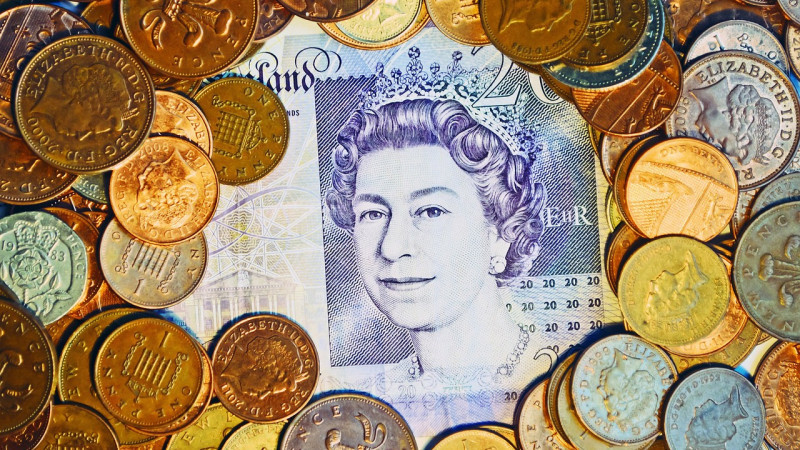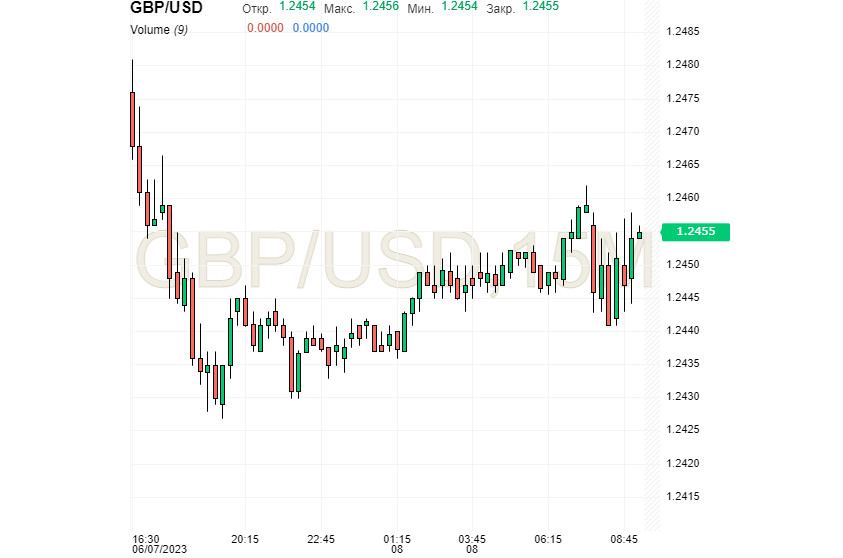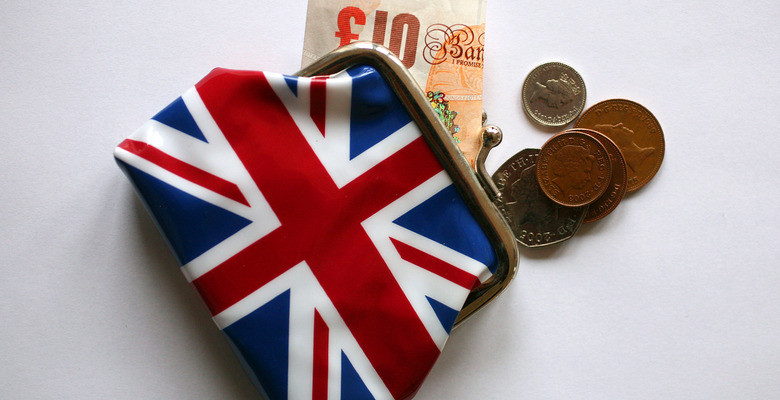
The British pound has shown weakness by the end of this week. However, experts believe that the sterling may strengthen again soon. Yet, the intensity of this movement remains to be seen.
Many analysts are concerned that the pound may depreciate in the second half of 2023, as economic growth in the United Kingdom is slowing down. In addition, the country's construction index has declined due to a very high and unstable inflation rate. Nevertheless, the pound remains optimistic, hoping to benefit from the challenging economic situation.
In light of current developments, GBP showed some weakness but then recovered. GBP/USD gained a bullish impulse, surpassing the key level of 1.2400. It faced strong resistance around the 1.2440 mark. On Thursday morning, GBP/USD was near 1.2455, trying to consolidate.

Analysts say that the recent rebound has occurred due to the lack of fundamental factors. This week, we have seen traders buying the pound on dips.
The price is forecast to rise towards the level of 1.2470 (40-day moving average), with bullish sentiment intensifying in the short term. In case of a bullish continuation, GBP/USD may reach a high of 1.2550.
Alternatively, the sterling may show a steep decline from current levels. According to Bank of America, GBP/USD could plummet to the level of 1.2000 in the near term. According to Paul Ciana, a technical strategist at Bank of America, traders should turn more bearish on the pound as the currency is currently trading below the long-term trend line.
At the same time, GBP/USD is suggested to consolidate near 1.2400. Nevertheless, Ciana believes that the pair has reached resistance and says it is wiser to sell GBP/USD after a rebound.
Although GBP is unstable, experts anticipate its growth and consolidation in an upward trend. The sterling may rally, rise to a new yearly high above the 1.2680 level, and approach the 1.3000 mark but unlikely in the short term.
Experts say that due to a lack of important economic data from the UK, which directly affects GBP/USD, it gets harder to accurately assess the pound's potential. As a result, the dollar is appreciating against the pound. Some analysts suggest GBP/USD may consolidate as markets await decisions from the Federal Reserve, the European Central Bank, and the Bank of England on interest rates.
Most experts believe that the current strategy of the Bank of England supports the pound. However, it is unclear whether the bank will continue tightening. Currently, markets bet on a 75 basis point increase in rates by the end of 2023. However, some economists assume that GBP will show a negative reaction to rate hikes if the British economy slows down.
According to Claudio Wewel, a Forex strategist at the Swiss Bank J. Safra Sarasin, the sterling has surpassed the peak of pessimism but will unlikely continue recovering. The analyst predicts the UK economy will contract in the fourth quarter of 2023 and the first six months of 2024. In this light, GBP/USD is expected to decline to 1.2200 by the end of September and to 1.2100 by the end of 2023.
Many analysts are cautious about the short-term and medium-term prospects of the pound. At J. Safra Sarasin Bank, they suggest that the sterling will face pressure in the near and slightly more distant future but will recover substantially in the long term. "Short term: GBPUSD risk reversals have rebounded, yet they remain bearish, along with net speculative positioning. Furthermore, the pound should remain vulnerable to risk-off moves. Medium term: Weak UK growth on the back of the cost of living squeeze should weigh on the sterling. Long term: Sterling should recover once the global cycle re-accelerates, yet the UK's external imbalances are set to remain an issue."
 English
English 
 Русский
Русский Bahasa Indonesia
Bahasa Indonesia Bahasa Malay
Bahasa Malay ไทย
ไทย Español
Español Deutsch
Deutsch Български
Български Français
Français Tiếng Việt
Tiếng Việt 中文
中文 বাংলা
বাংলা हिन्दी
हिन्दी Čeština
Čeština Українська
Українська Română
Română

